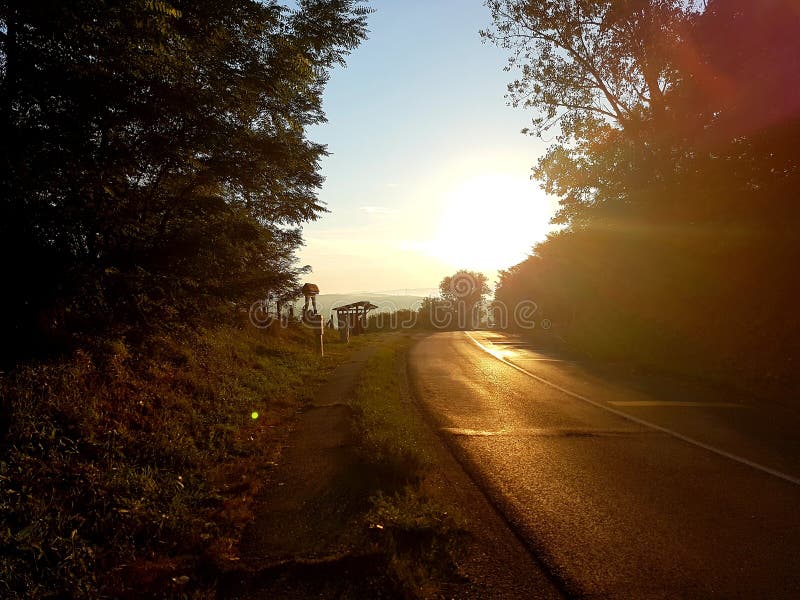


The course of sunset for the majority of the year pivots around this westerly point, heading northerly in the winter and south in the summer. We often say that the sun sets in the west but to be very honest, it sets due west in the spring and autumn equinoxes. Why the Location of Sunrise and Sunset Varies Through the Year? As a result, each day’s sunrise time and sunset times are distinct. Because of the elliptical orbit of the Earth and the inclination of its axes, the Sun travels through the sky at dramatically varying speeds per day. This is what makes us the seasons on this planet. Instead, the Earth is rotated on its axis by about 23.4 degrees. The axis of the Earth is therefore not parallel to the plane of its orbit. This means that based on where Earth is in its orbit, the Sun moves through the sky at subtly various rates from day to day. Why Does the Sun Rise and Set at Different Times Every Day?Įarth’s orbit of the Sun is somewhat elliptical rather than completely circular. At the summer and winter solstices, this occurs twice a year. In its most northern and southern points, the Earth’s rotation and axis tilt converge to render the Sun look 23.5 degrees north or south of the equator. The light, though, shines somewhat more, maybe a little less on a northern or southern hemisphere of the Earth each day, based on the period of a year, when it is inclined. The Sun would immediately appear on the Celestial Equator every day if the Earth’s axis wasn’t inclined, as the Earth rotated. The Sun seems to float over us as we stand on the Earth’s atmosphere, emerging from the east and vanishing over the western. Whatever pole is facing the sun, north or south, will determine which sides of east and west the sun would rise and set every day and everywhere on the planet. To prevent misunderstanding and make it as straightforward as possible, consider the weather and then use it to determine which pole is pointed toward the sun. If you take it to the logical conclusion, the sun is rising so far north of east and sets so far north of west in June in the Arctic Circle that both points simply coincide. The sun rises and falls further from east and west the higher the latitude and the nearer you are to one of the solstices. The inclination and the time of year decide the precise impact of sunrise and sunset. Now to clarify the question about the direction of sunset, when it falls to dusk, the Poles are already turned the very same way they were in the morning, therefore the sun goes down close to the northwest in midsummer and near to southwest in midwinter. The Sun rises a little farther south every day after that. The Sun rises as high to the northeast as it always does at the summer solstice, and sinks as far to the northwest as it always does.

The rising and lowering points of the sun vary marginally in day-to-day life. It grows anywhere else every single day of the year. The suncomes up due east just two days a year, on the equinoxes, which happens on March 21 and September 22. Well, if this question is giving you headaches we will try to put an end to this query once and for all. This is true to some extent but not entirely and no one ever has provided us the best answers. And when it comes to what direction the sun rises or set we have recited answers on our tongue.īecause we have brought up hearing the sun rises from the east and sets on the west. Not in this modern era, it has been known for serving this purpose since ancient times. The sunset is a signal that for the day’s end, to pack all your work and reach out to people you loved.
#Which direction does the sunrise free


 0 kommentar(er)
0 kommentar(er)
